In the case of 1 merge, you have two sub arrays to be sorted where each sub-array will take time proportional to n/2 to be sorted. In that sense, to sort those two sub-arrays you need a time proportional to n.
Similarly, when you are doing 2 merges, there are 4 sub arrays to be sorted where each will be taking a time proportional to n/4 which will again sum up to n.
Similarly, if you have n merges, it will take a time proportional to n to sort all the sub-arrays. In that sense, we can write the time taken by merge sort as follows.
T(n) = 2 * T(n/2) + n
You will understand that this recursive call can go deep (say to a height of h) until n/(2^h) = 1. By taking log here, we get h=log(n). That is how log(n) came to the scene. Here log is taken from base 2.
Since you have log(n) steps where each step takes a time proportional to n, total time taken can be expressed as,
n * log(n)
In big O notations, we give this as an upper bound O(nlog(n)). Hope you got the idea.
Following image of the recursion tree will enlighten you further.

